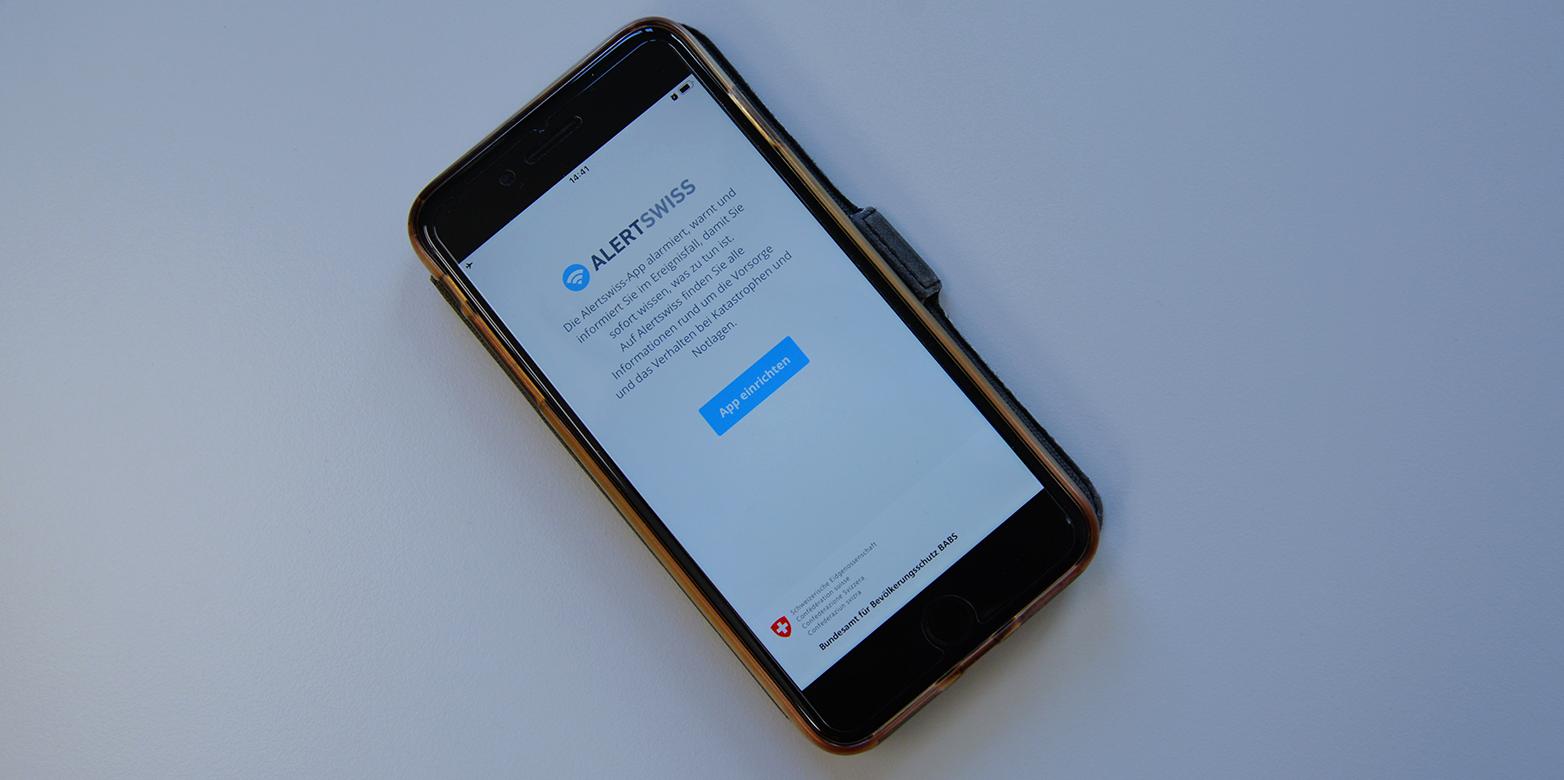A Comparative Assessment of Mobile Device-Based Multi-Hazard Warnings: Saving Lives through Public Alerts in Europe
While there are many different forms of public warning systems, the ones that use means of electronic communications services offer several advantages, such as increased reachability, as a large part of the population always has a mobile with them. This CSS Risk and Resilience Report by Andrin Hauri, Kevin Kohler and Benjamin Scharte identifies challenges for such multi-hazard warning apps and makes several recommendations on how to overcome them.

Providing timely warnings can save lives, livelihoods, and resources during disasters related to natural, social, and technical hazards. There are many different forms of public warning systems (PWS) – from traditional sirens, radio, and television, to more recent smartphone-based and mobile systems. PWS that use means of electronic communications services (ECS-PWS) include Location-Based Short Message Service (LB-SMS), Cell Broadcast (CB), and multi-hazard warning apps. Compared to traditional PWS, ECS-PWS offer several advantages, such as increased reachability, as a large part of the population always has a mobile with them. Each of the three ECS-PWS options in turn offers certain advantages and disadvantages over the other two. For example, CB alerts require little bandwidth, whereas fast warning through multi-hazard warning apps or LB-SMS cannot always be guaranteed in congested mobile networks. Multi-hazard warning apps have the advantage that they can provide users with more information than CB or LB-SMS. However, users must proactively download these apps to be warned, which is not the case with CB or LB-SMS. Therefore, efficient PWS must always be composed of different complementary warning channels, and the introduction of a new channel does not automatically replace the existing ones.